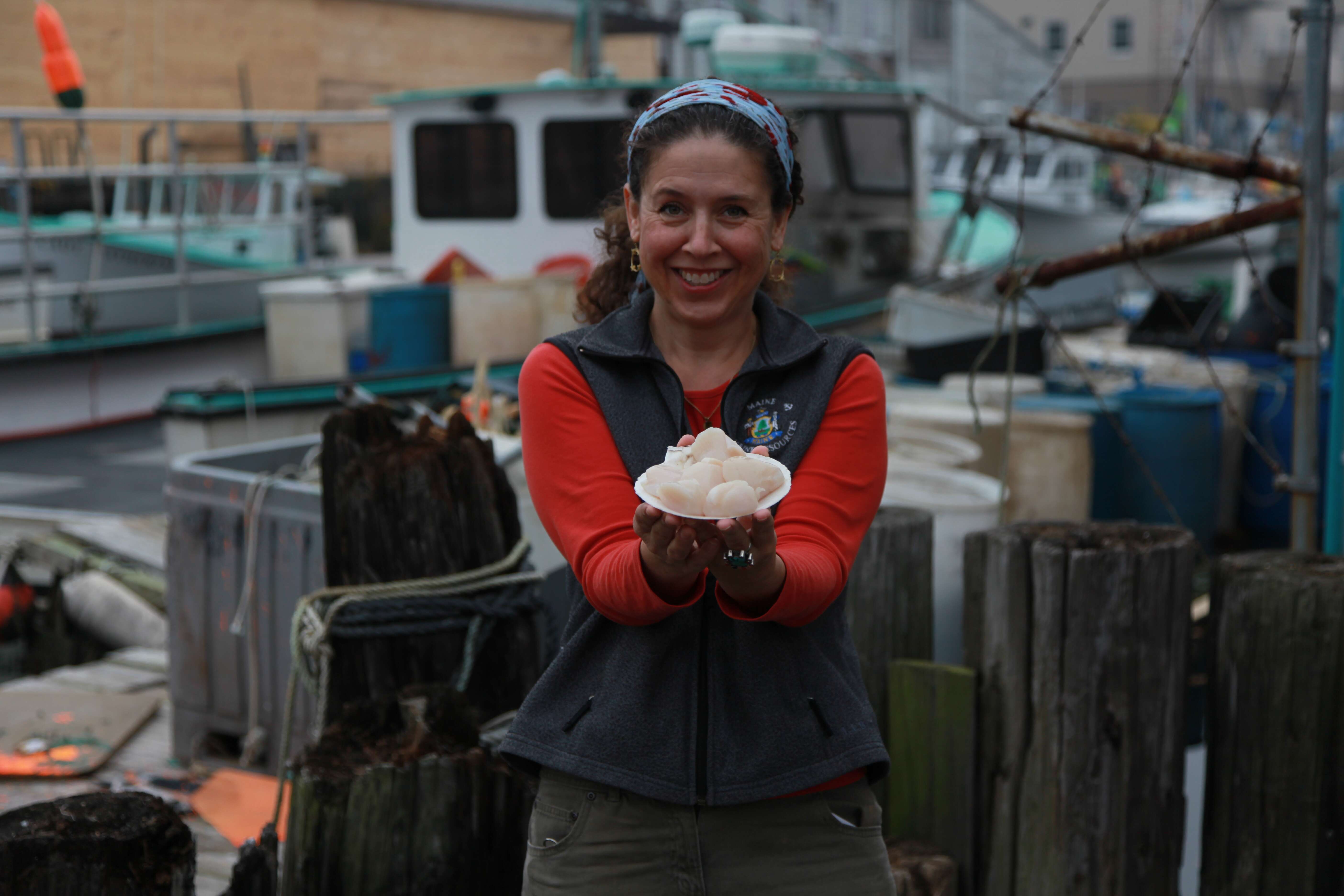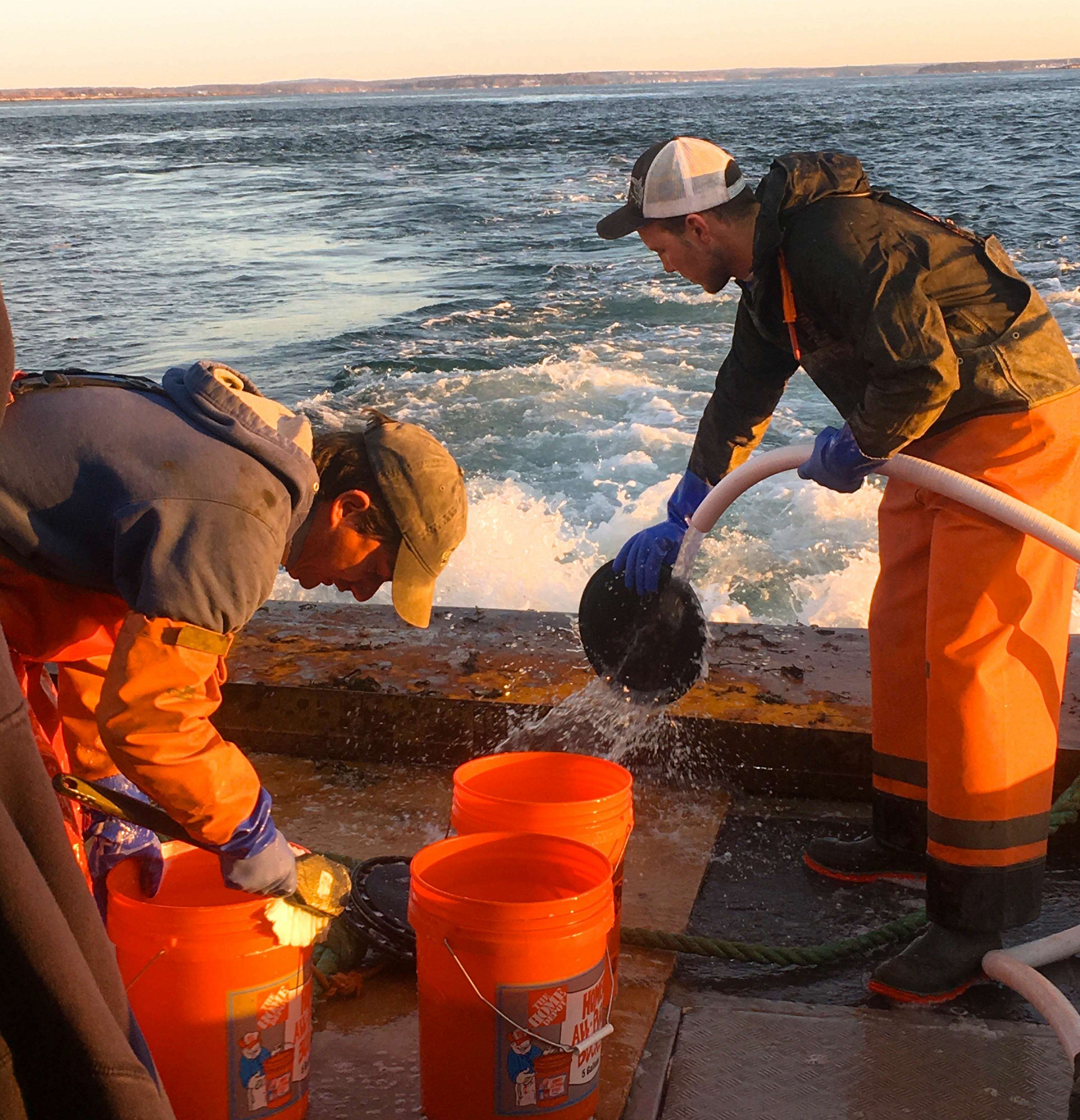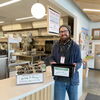
Processing Your Payment
Please do not leave this page until complete. This can take a few moments.
With $500K award, Local Catch Network will grow ‘boat-to-fork’ market
The Local Catch Network, based in the School of Marine Sciences at the University of Maine, was founded in 2011 as a grassroots network of seafood harvesters, researchers and community organizations across North America, receiving nonprofit status several years later.
Today, the network has more than 200 members, including 12 in Maine. It promotes “boat-to-fork” systems of local and regional seafood distribution, such as community supported fisheries.
Last month, the Local Catch Network received a $499,463 grant from the U.S. Department of Agriculture’s Farmers Market Promotion Program to accelerate the local distribution model and fund “Scale Your Local Catch,” the first nationwide training and technical assistance program to catalyze direct-to-consumer seafood operations.
In all, the organization has raised $624,331 for the program, including a 25% match from the University of Maine System. Expecting to recruit its first cohort this summer, the program will help fishing communities gain marketing, social media, pricing and permitting skills through workshops, networking, mentorships and digital tools to link consumers with producers in their local areas.
To start, the program will prioritize seafood operations that serve consumers in low-income and low food access areas.
The network was founded by Joshua Stoll, an assistant professor of marine policy at the University of Maine whose fisheries research has taken him to Tanzania, New Zealand, Washington and North Carolina.
Although the pandemic highlighted the vulnerability of the seafood industry to social, environmental and economic shocks, alternative business models, such as direct-to-consumer sales, have been a bright spot when traditional supply chains faltered, he said.
Mainebiz asked Stoll about the evolution of the Local Catch Network and takeaways from the pandemic. Here’s an edited transcript.
Mainebiz: How did the network get started?
Joshua Stoll: In the mid-2000s, I was a graduate student at Duke University. I’ve always been interested in the fisheries and I was interested in what happens to the seafood that’s landed in North Carolina. I spent time on boats, meeting with fishermen, asking people, ‘Okay, what happens to the seafood after you catch it?’ There was a pattern. They knew where they sold it, but after that it became almost a mythical tale — 'breaders' in Mississippi, fish exchanges in New York, sort of a vagueness about what happens. At the same time, it was difficult to get North Carolina seafood in North Carolina.
I was also paying attention to Maine fisheries. As an undergrad at Bates College, I was familiar with Port Clyde Fresh Catch [a community supported fisheries program that pre-sells shares of local, seasonal catch]. I poached the idea and helped create a seafood community supported program in North Carolina.
It was pretty incredible how much interest there was. People from all over the U.S and the world started reaching out to ask, ‘How do we do this in our community?’
MB: Why did the local and direct model generate so much interest?
JS: The common story was that the old model of high volume, low value wasn’t working anymore. For small-scale operators to exist, they needed to figure out a different way of doing business. And that was through direct and community-based models that focused on low volume and high value.
That was the starting point for the network. In 2011, the network was people from across the U.S. and Canada who were doing innovative models of seafood distribution that tried to anchor the value of seafood back into communities and reconnect consumers to seafood.
It has continued to grow — and grow and grow. Ten years ago, no one was talking about seafood as food. It was a commodity. People were infatuated with fishing as part of the country’s identity, especially in New England. But fish wasn’t really seen as food; it was seen as a way to make money. That’s radically changed. And the pandemic has kicked that into even higher gear.
MB: What does the network do?

JS: There are three objectives. First is around supporting existing businesses that do innovative direct marketing. Second is supporting new businesses that want to get into this space. Third is increasing the overall ecosystem, to elevate seafood as part of our local and regional food system.
MB: Could you give an example of the network’s programs?
JS: We have a seafood finder map that helps consumers find local and regional seafoods. We’ve been building that over time. We have also been doing a lot of technical assistance and information sharing.
One thing we hear a lot is that there’s a fishing family or co-op that wants to get into the direct and local seafood space. They spend all this effort developing methods to do that, but they say, ‘Wow, I feel like I’m doing this alone.’ We help people connect. We say, ‘Hey, you’re doing this in Maine. Let’s see what someone else is doing in North Carolina. You might be working with different fisheries, but there’s a lot of transferability.’
We’ve also been hosting seafood summits for people in the U.S. and Canada to get together, strengthen relationships and share their working knowledge.
A newer aspect of the work is focused on data. We’ve done a lot of work to understand the role this novel community-based system plays in building resilient seafood systems. And we just finished looking at the first six months of the pandemic and how local seafood producers responded in the midst of a difficult period of time. That data is amazing to look at. While many parts of the seafood system stopped or staggered, the direct and local sector experienced a boom.
MB: Why the boom?
JS: One of the big takeaways has been how rapidly these types of businesses were able to mobilize and respond to the pandemic. You saw processing facilities close because of outbreaks, and some fishing vessels being stuck at ports. But CSAs and members of our network saw accelerated demand. Consumers were going to the grocery stores and starting to see empty shelves.
That triggered the response: ‘I want to connect with my local food system.’ Our members were well-positioned for that. Many have strong social media and interactions with their customers. They saw a significant spike in sales starting the latter half of May and through July [when the study wrapped up].
MB: Will this trend persist after the pandemic?
JS: That’s one of the questions people are asking. Is this a transformation or will we go back to normal? Our data suggest we might be heading back to a normal.
But one thing I think is most promising is that there has been an elevated awareness of the role of local and direct seafood. And there have been important institutional and regulatory changes that long-term will support local and direct marketing. For example, Rhode Island passed an emergency bill that allowed fishermen to sell directly off their boats. That’s really important for local and direct sales.

So what we’re concluding from this research is that, maybe the system goes back to where it was pre-COVID at some point. But, even if it does, an important takeaway is that during crises, whether it’s a pandemic or some other crisis, local and regional food systems play an important role in food security and in the well-being of harvesters.
MB: How big is the local and direct sector compared with mass marketing?
JS: We don’t know. Since the 1970s, the USDA has been collecting data about local and regional food systems, but they never included seafood. But the Local Catch Network and the University of Maine are currently working with the USDA and with the National Marine Fisheries Service: We’re proposing to pilot a survey that would be equivalent to the USDA survey, but for seafood.
That said, we’ve seen a 191% increase in the last six months of people participating in our network. We’re getting people who sign up almost every day We might be at this interesting tipping point for local seafood systems, where we all recognize that this might be important for the resilience of coastal economies.













0 Comments